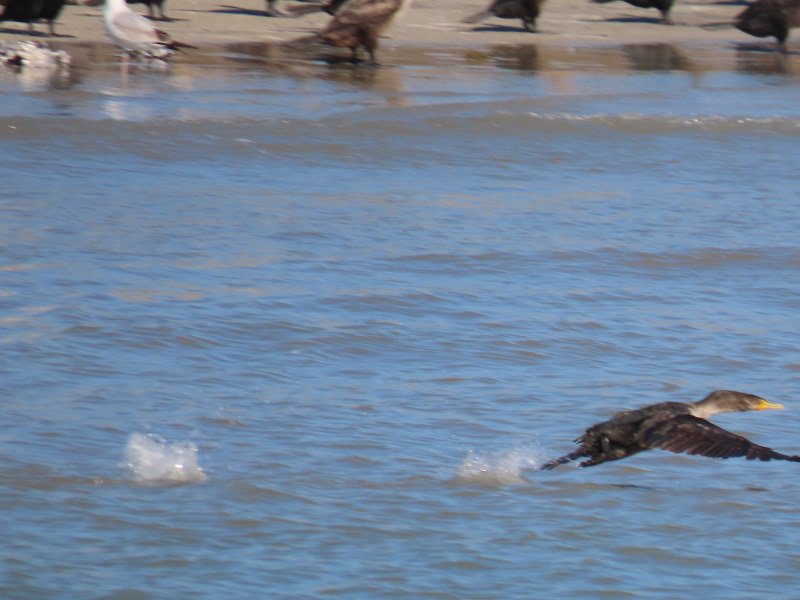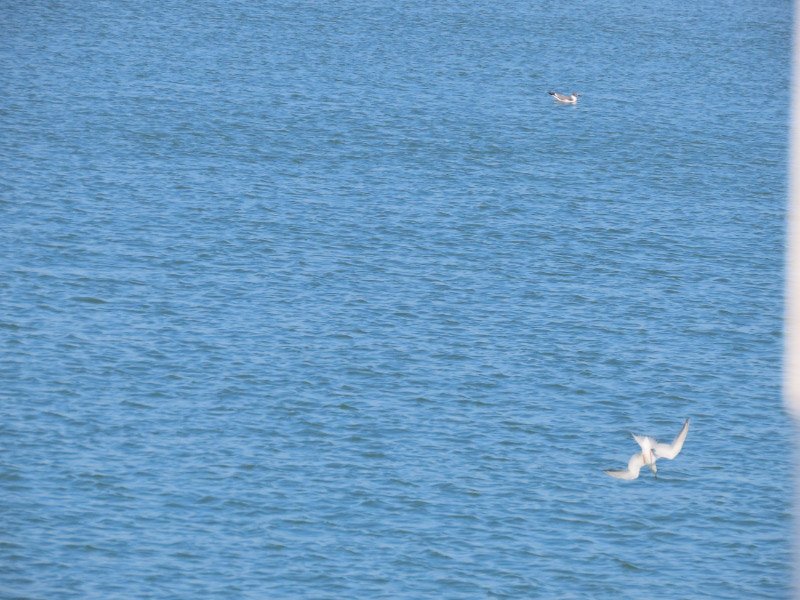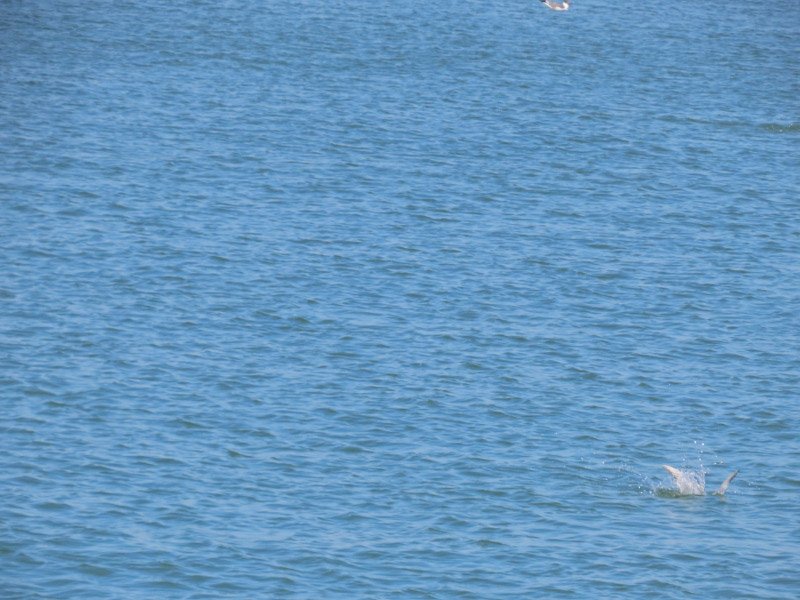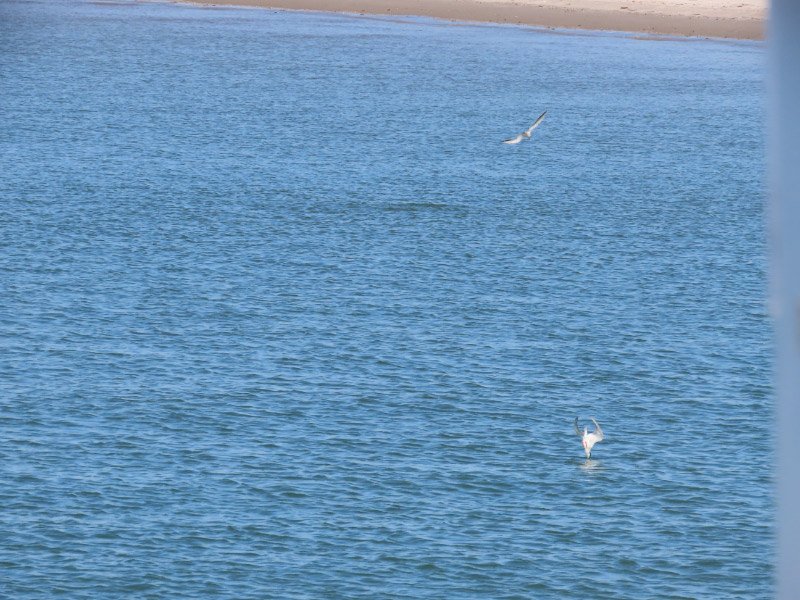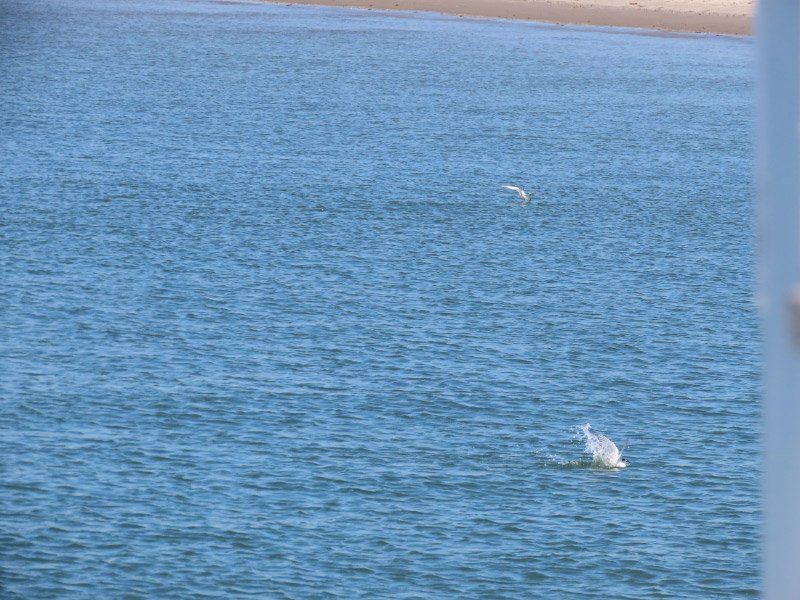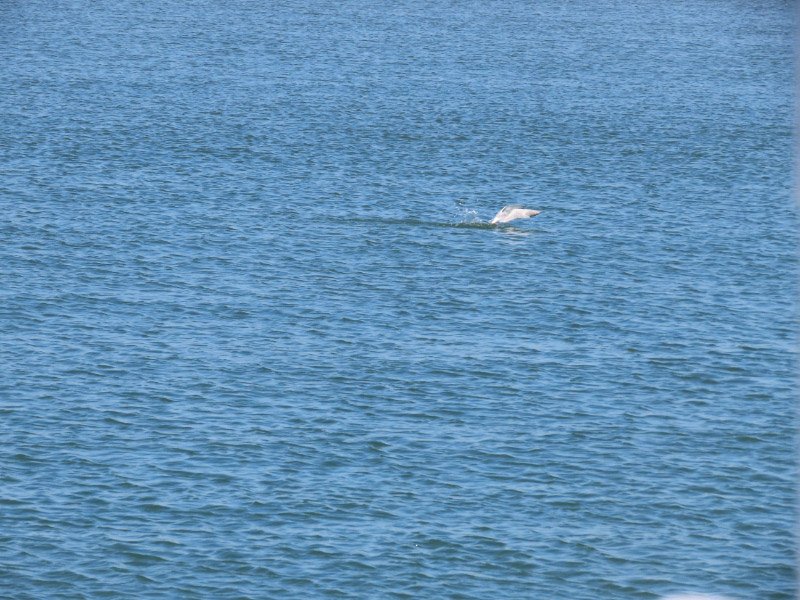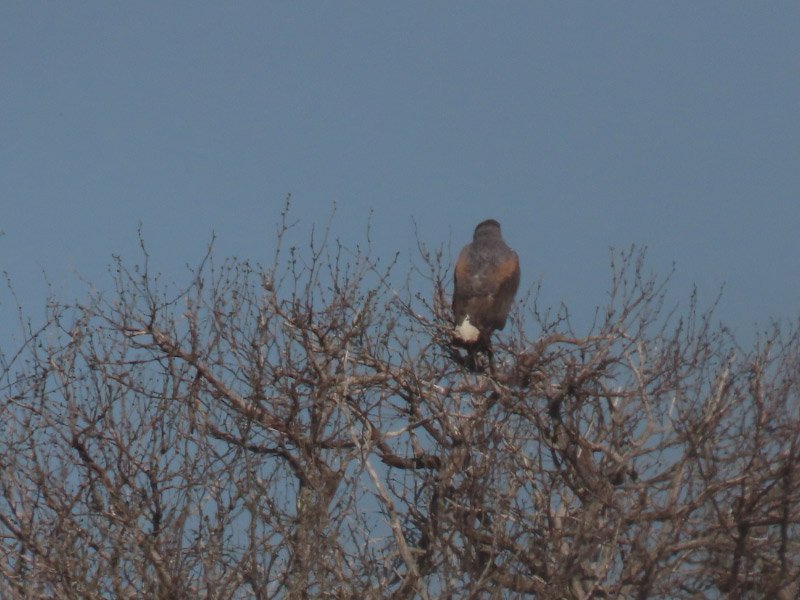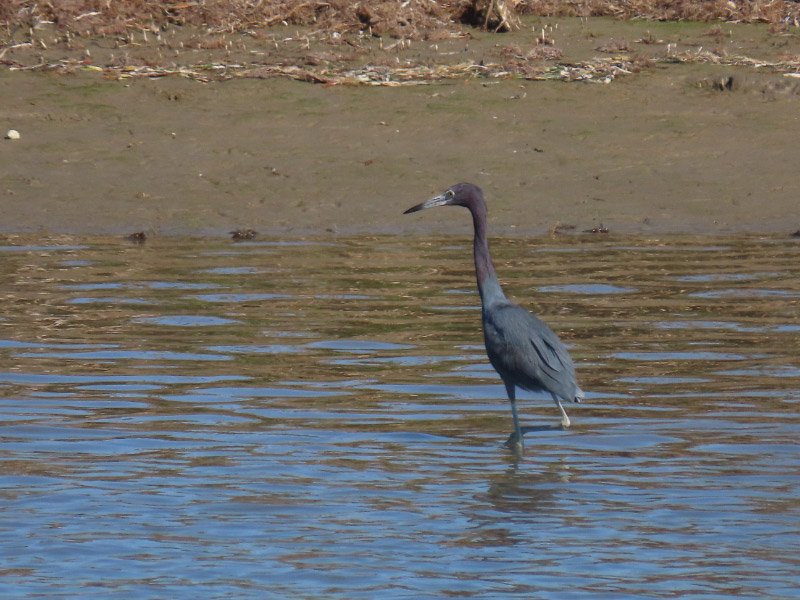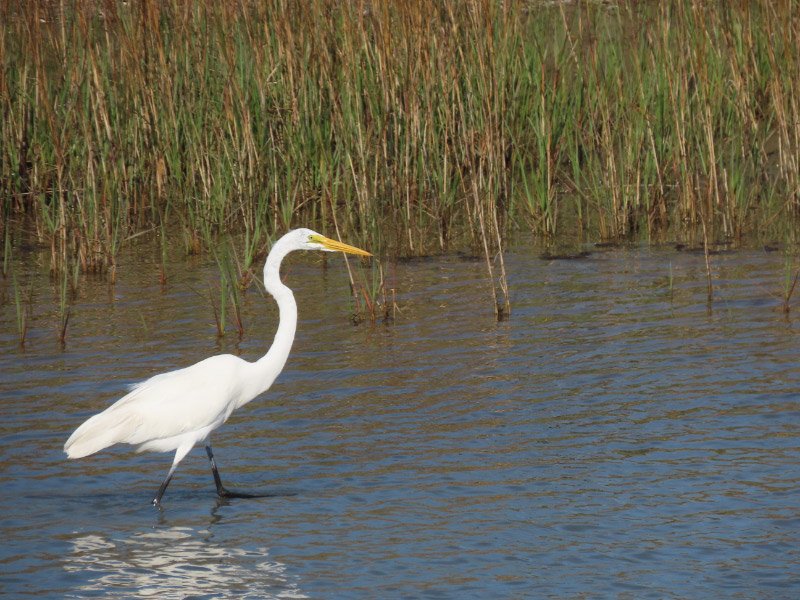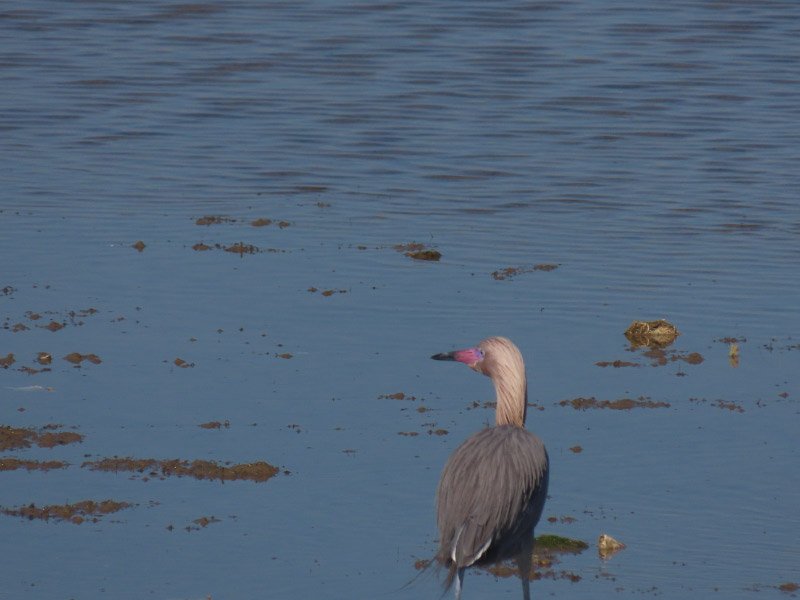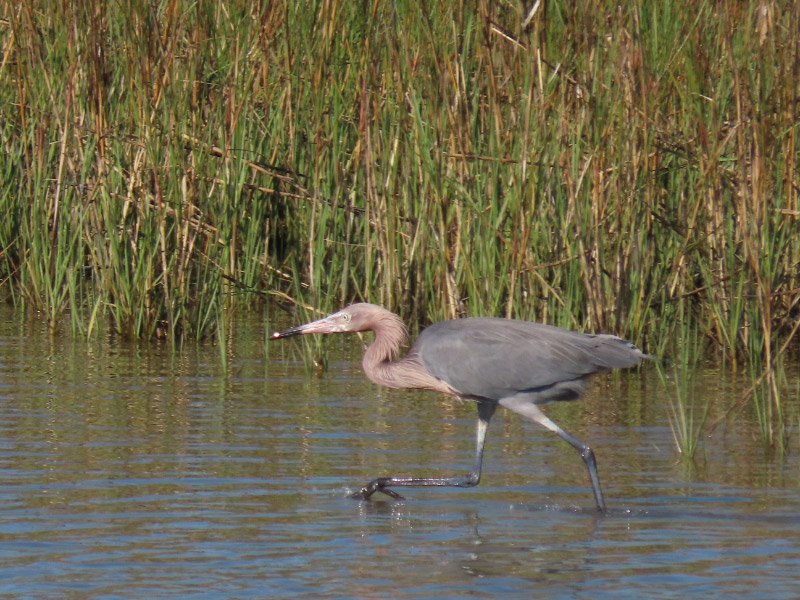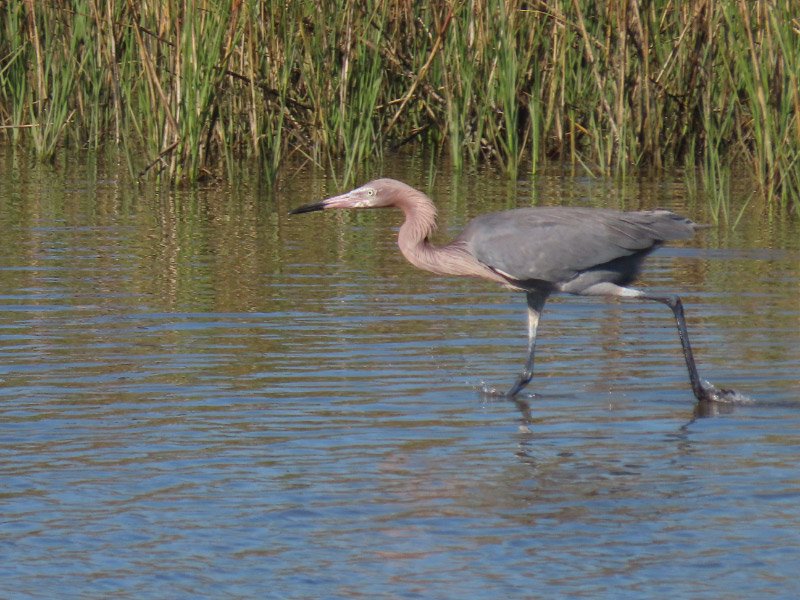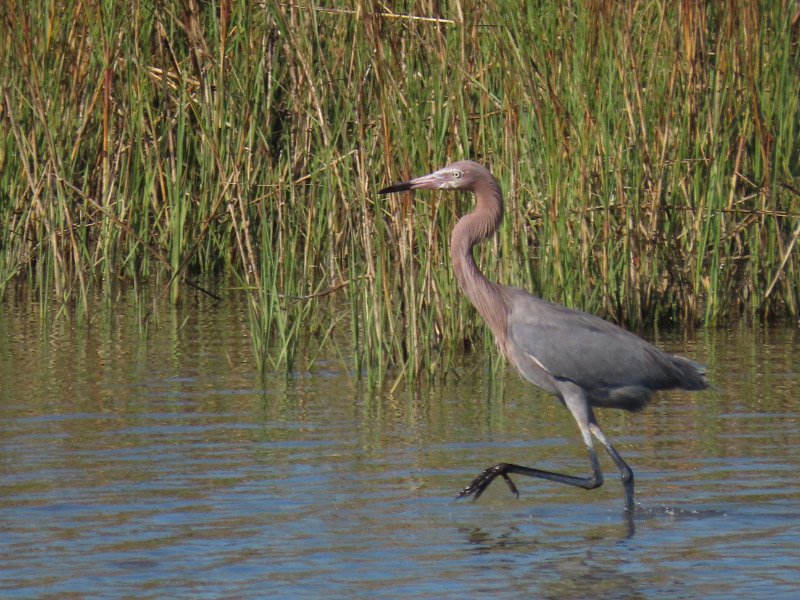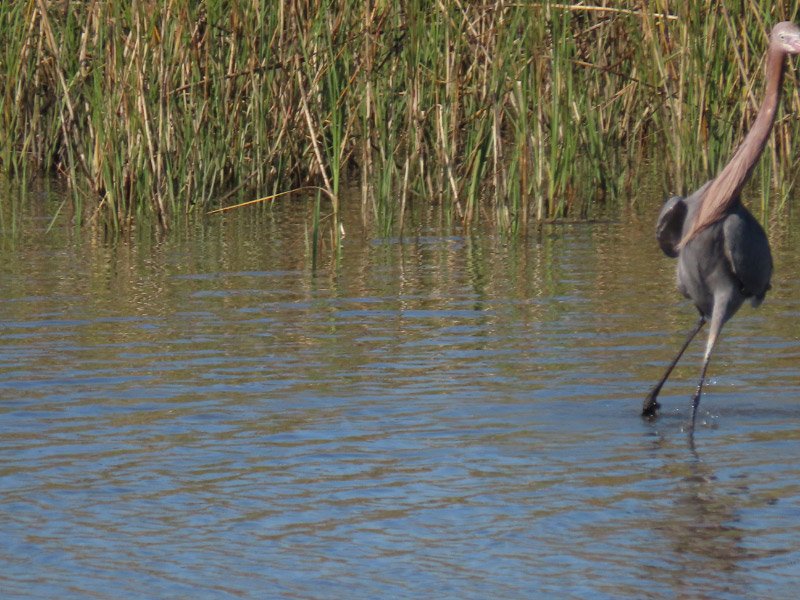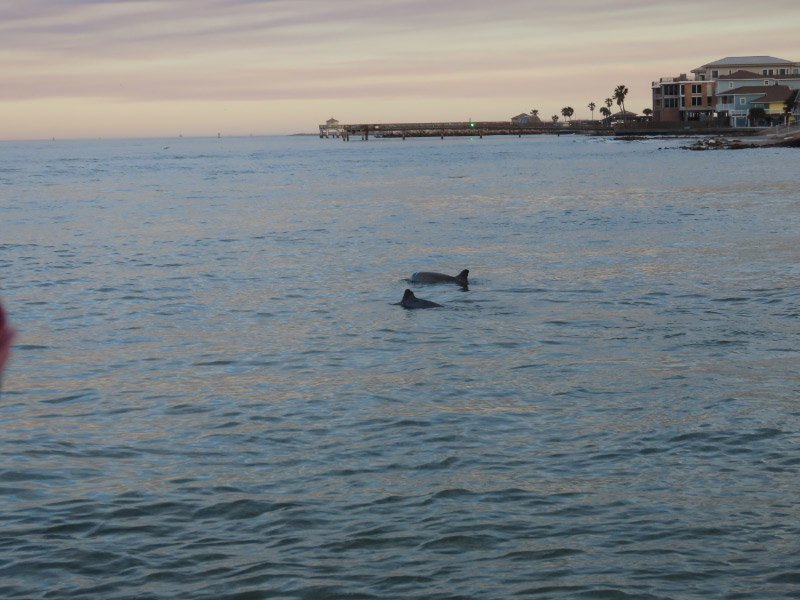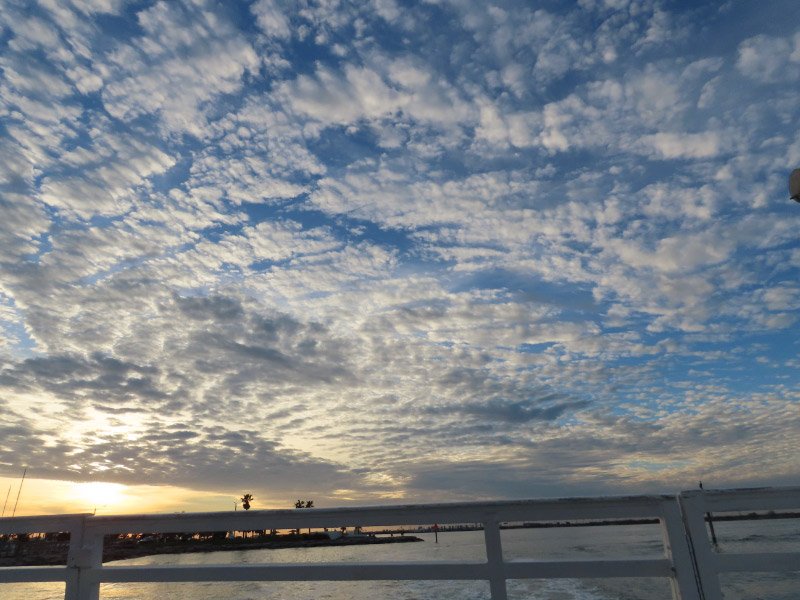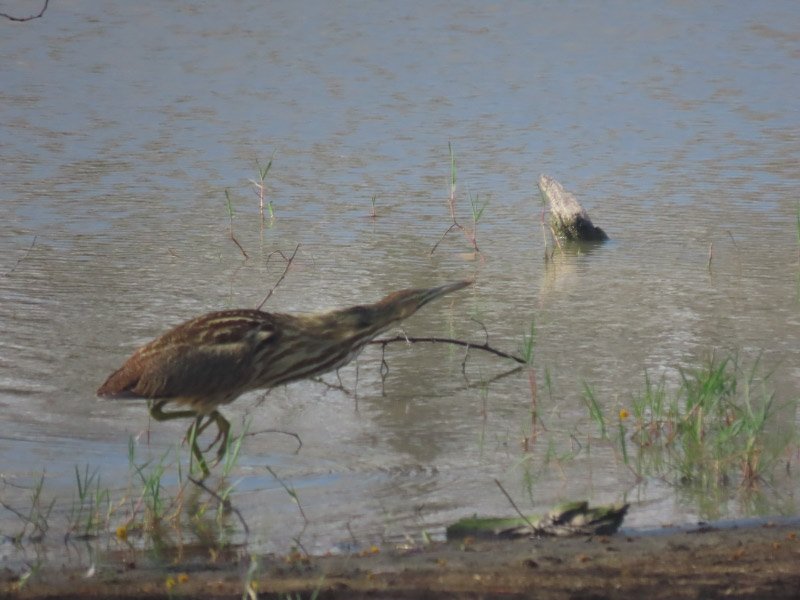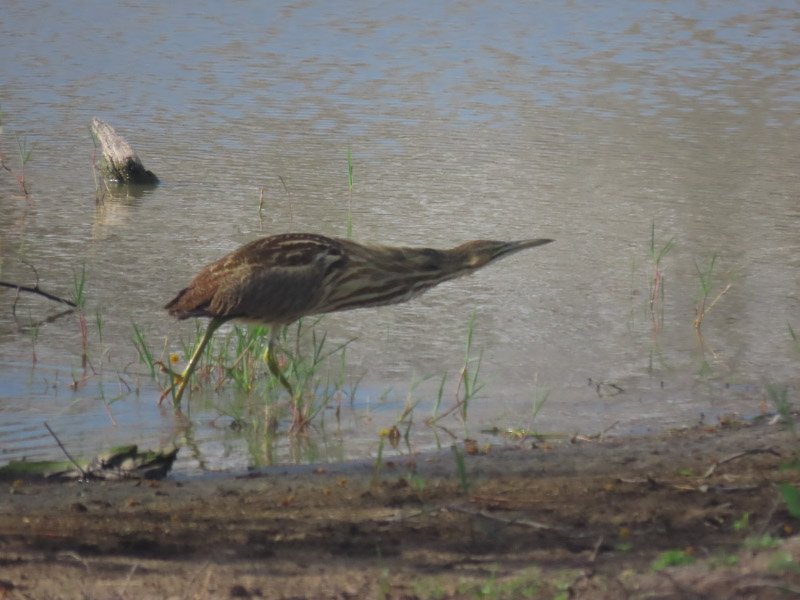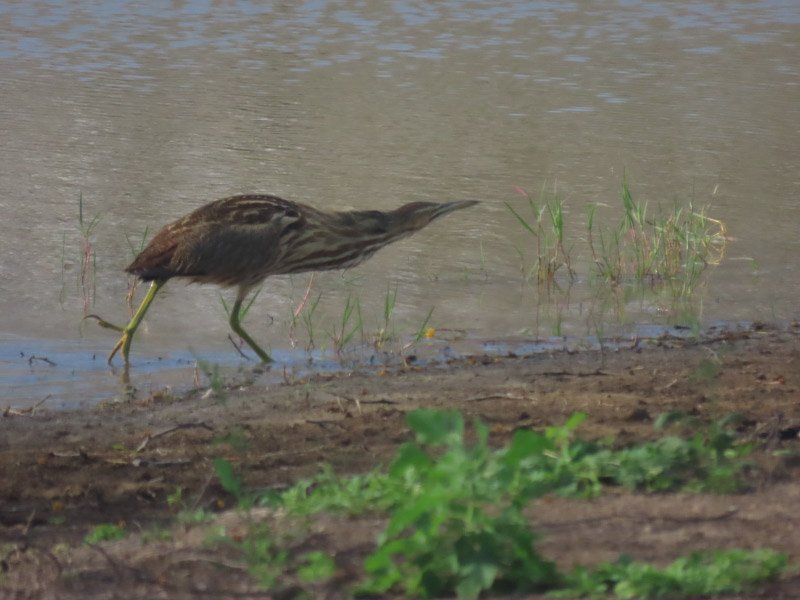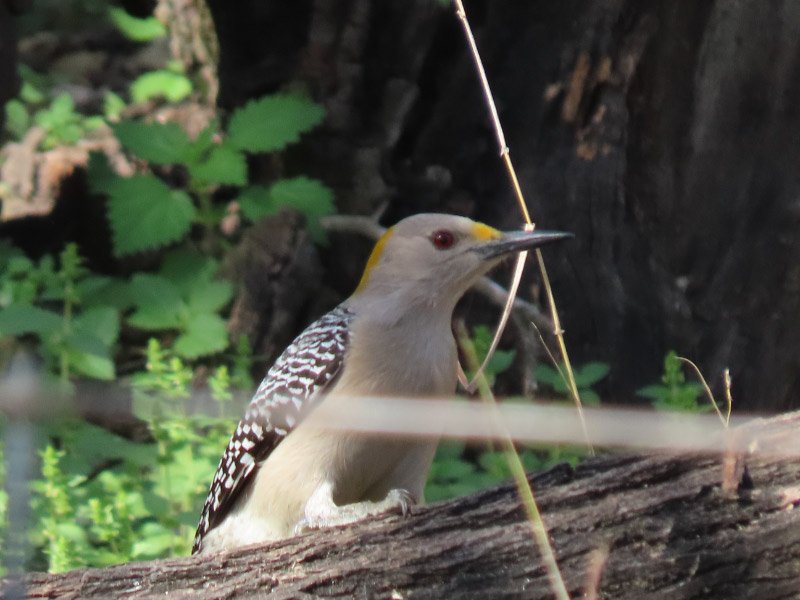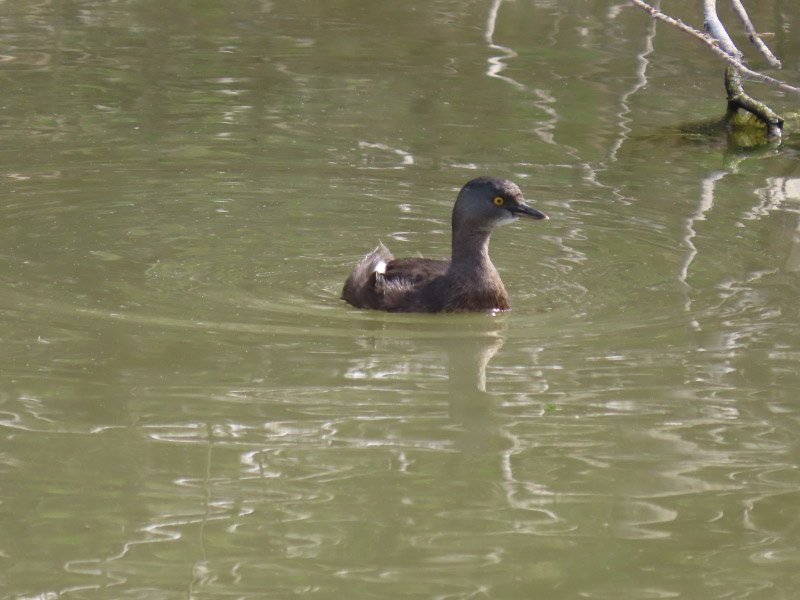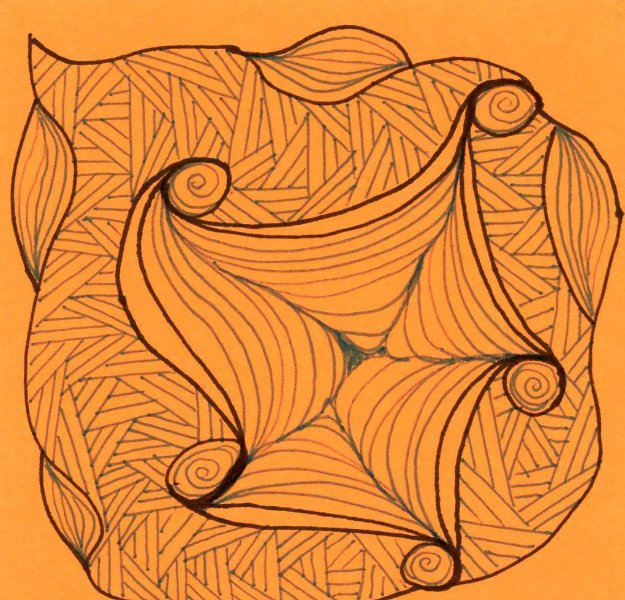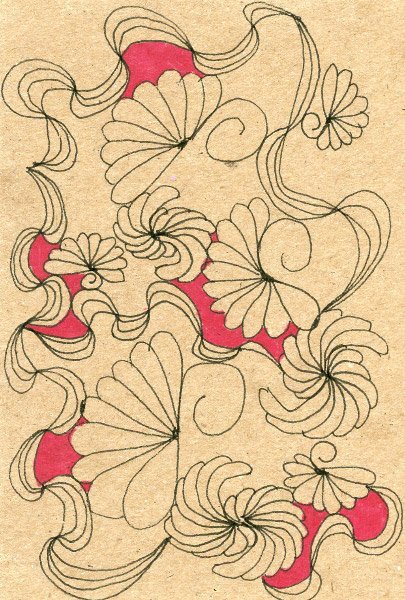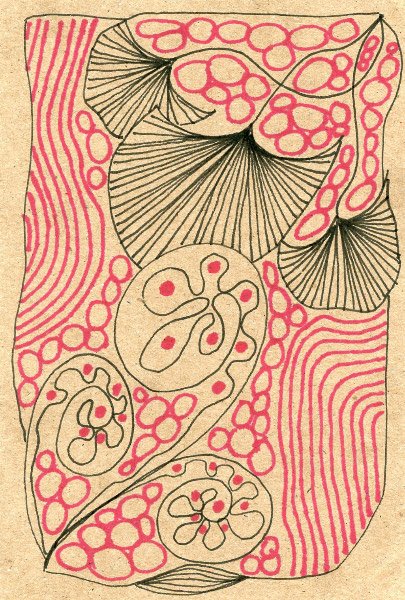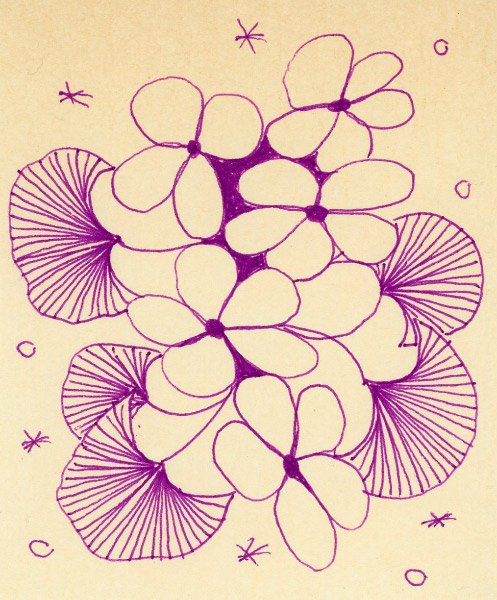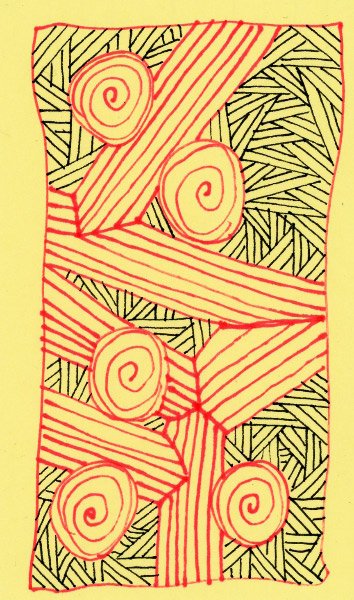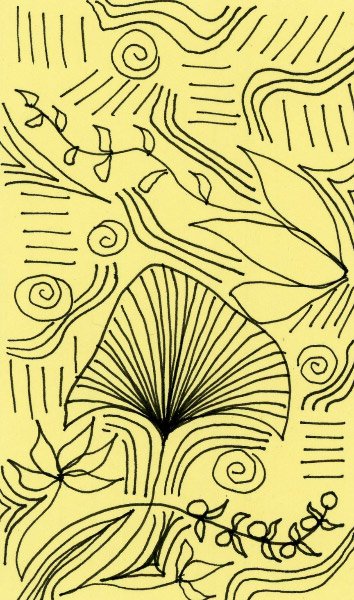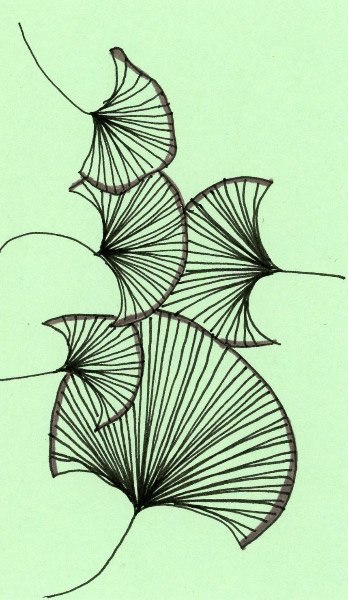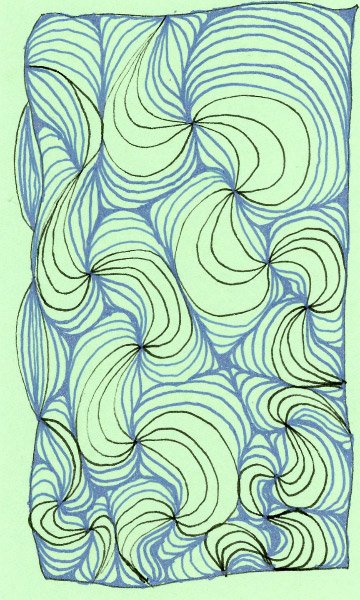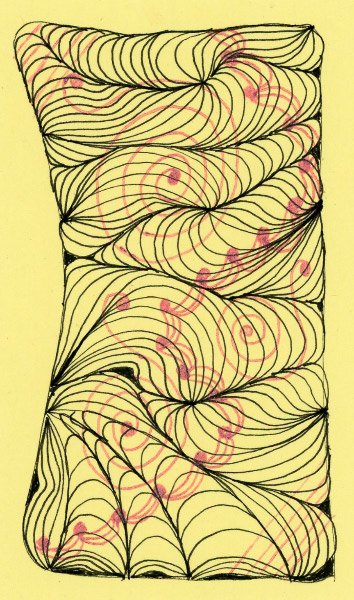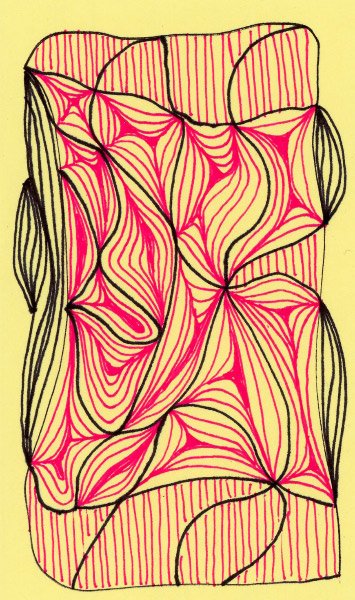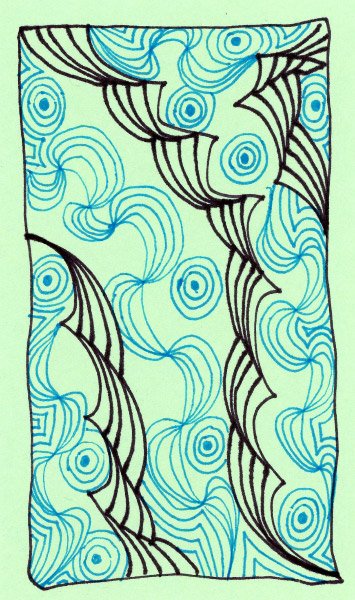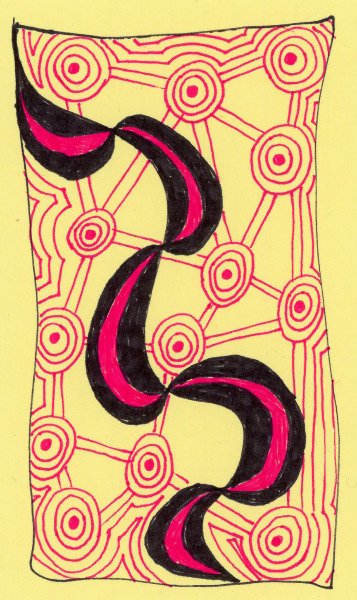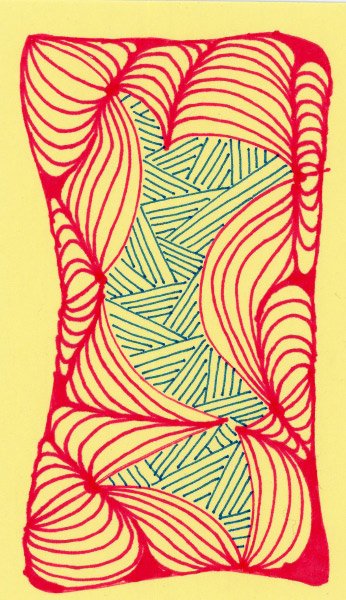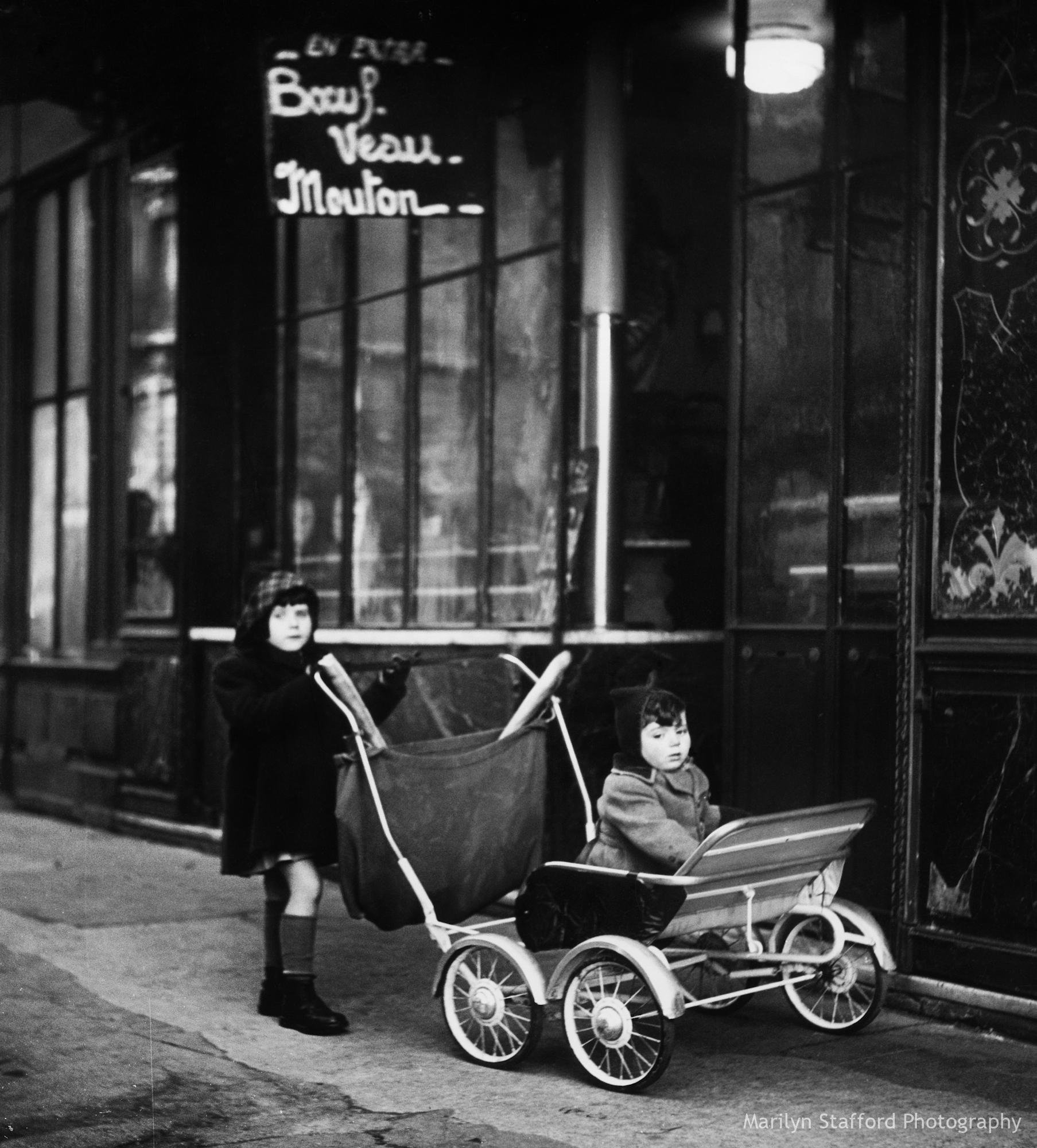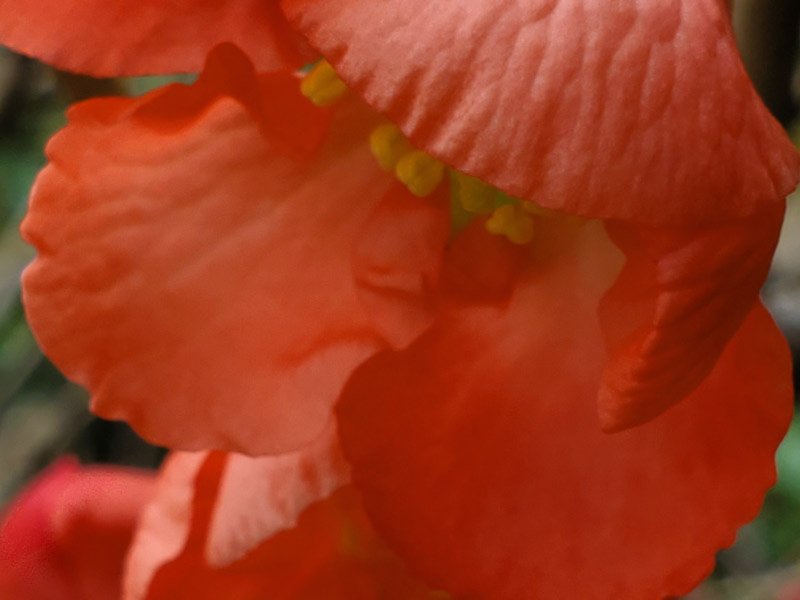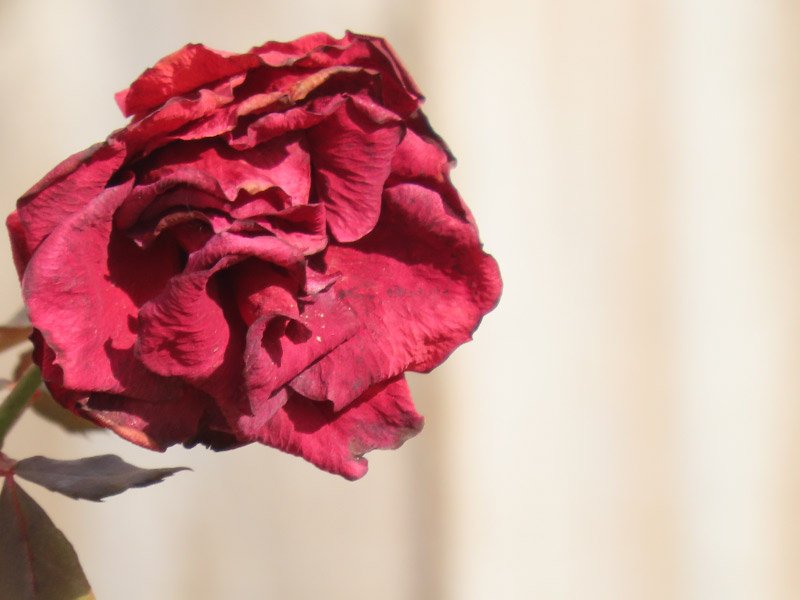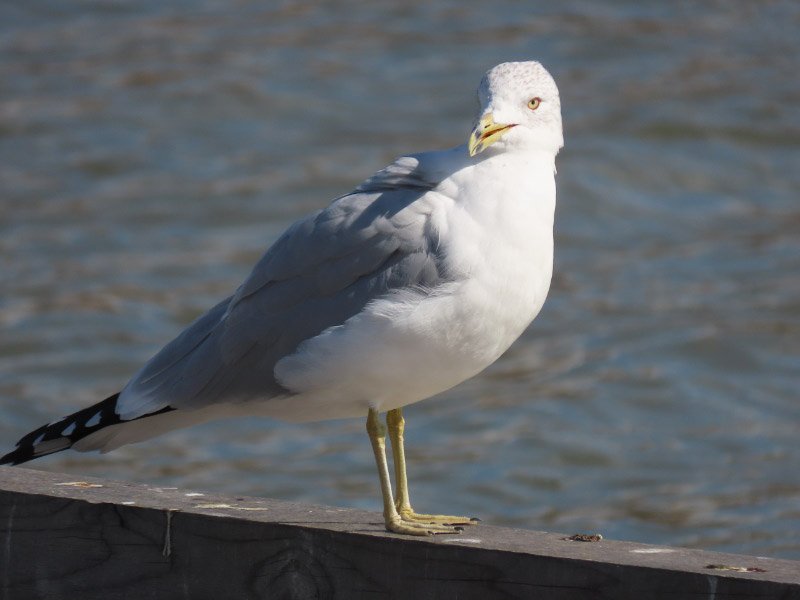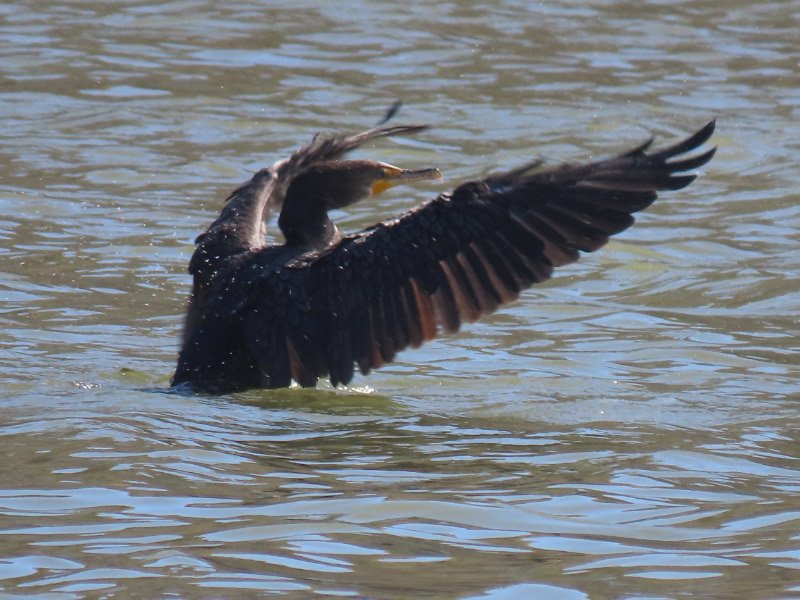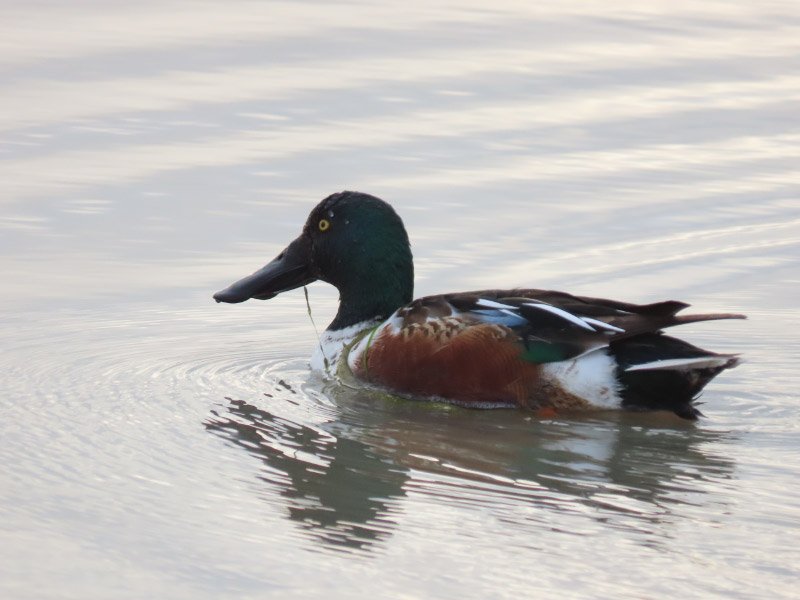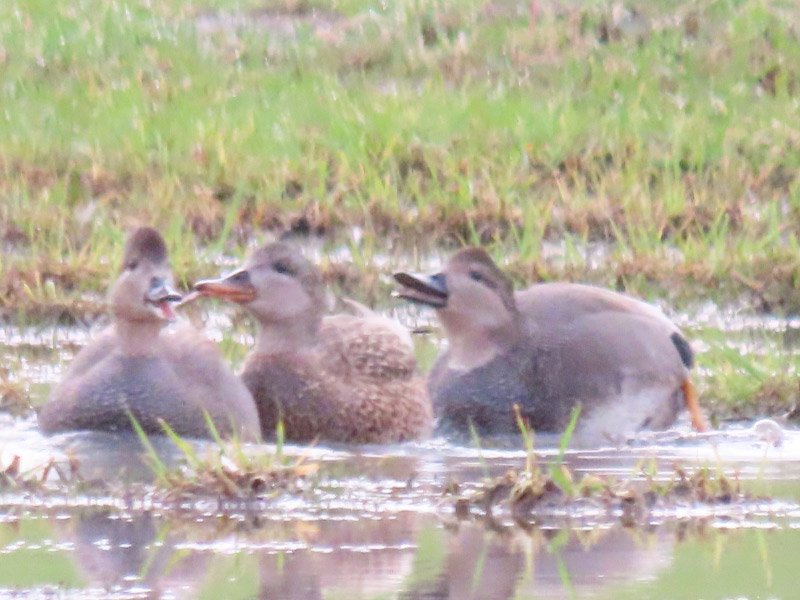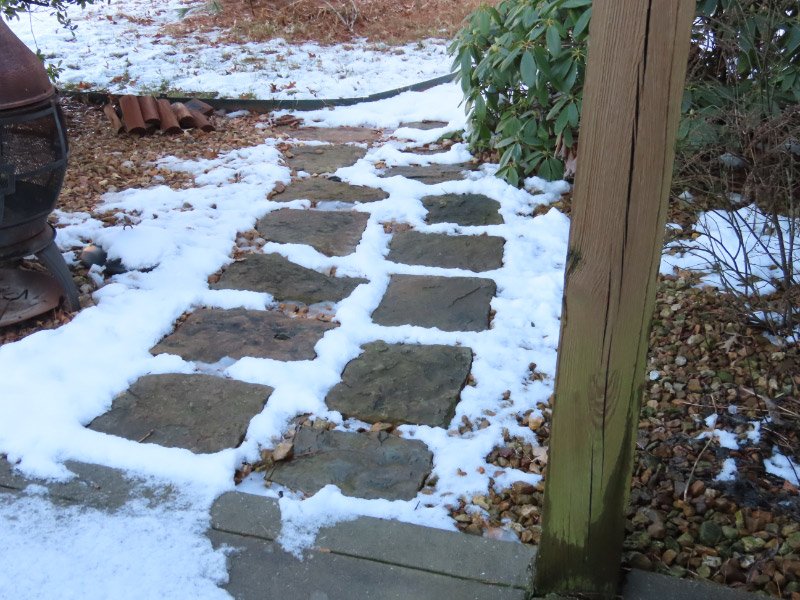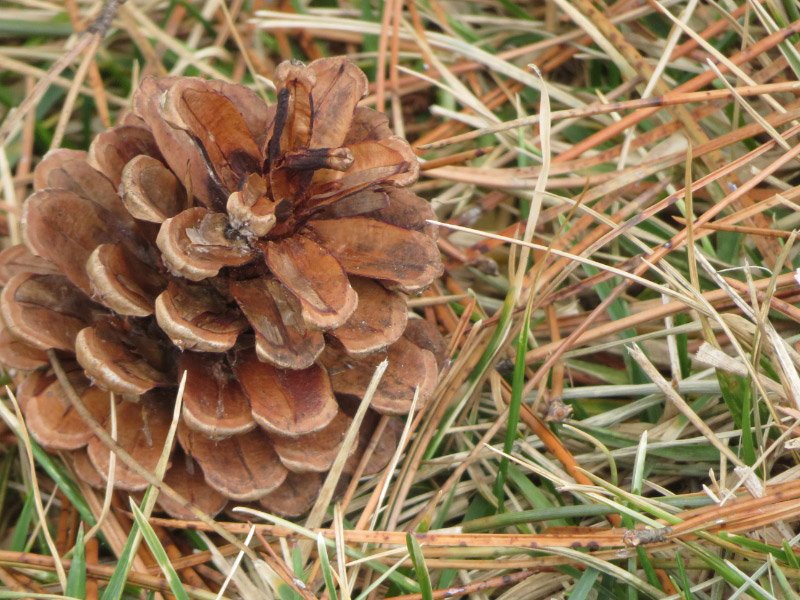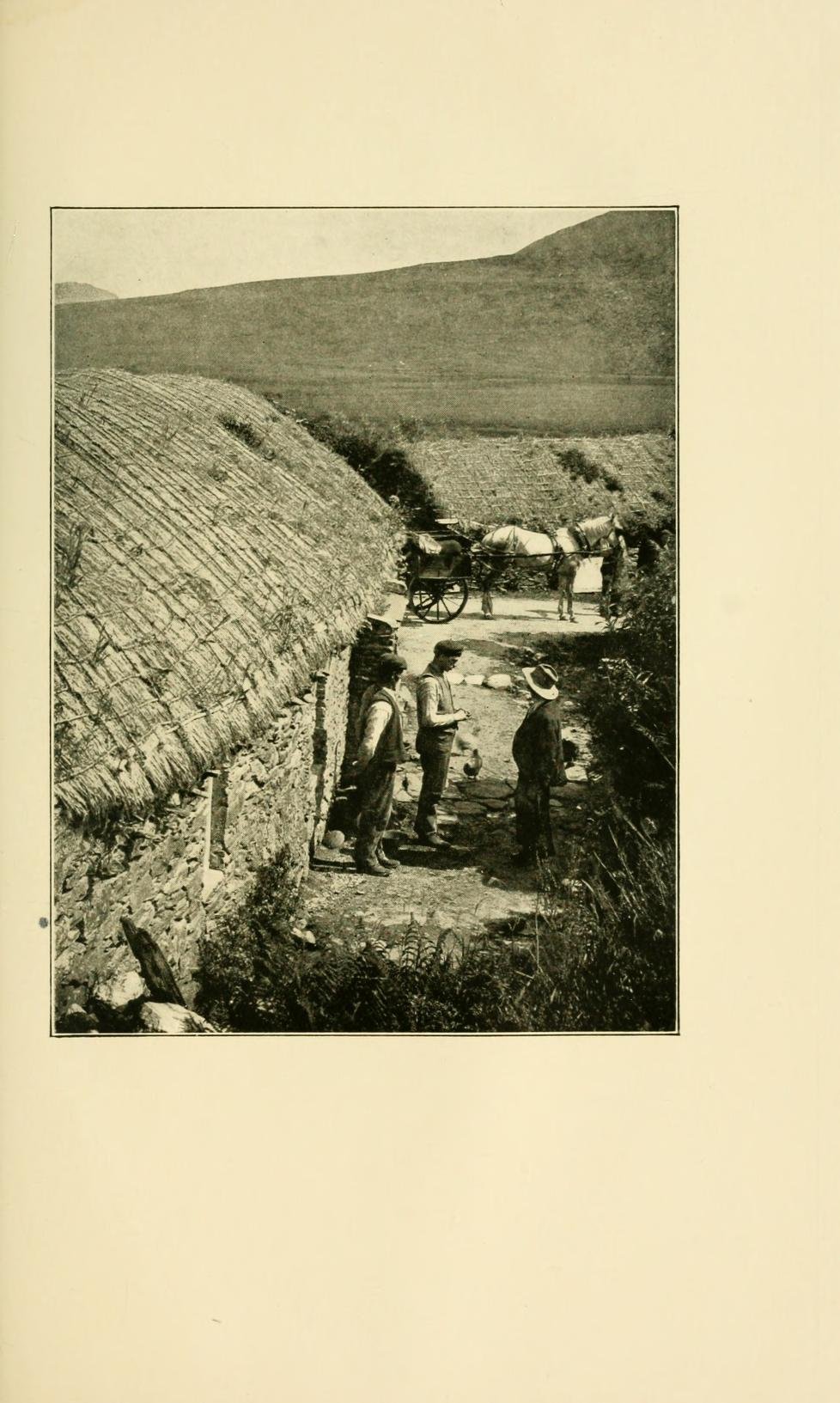Gleanings of the Week Ending March 16, 2024
/The items below were ‘the cream’ of the articles and websites I found this past week. Click on the light green text to look at the article.
Heat Pumps Are Still a Good Investment Even If Your Grid Is Powered By Coal - If every American home with gas, oil, or inefficient electric resistance heating swap those things out for heat pumps, the emissions of the entire U.S. economy would shrink by 5% to 9%. That’s how powerful a decarbonizing tool heat pumps are.
Asian Elephants Bury Their Dead - In India, five dead elephant calves were found buried on their backs in irrigation ditches, with evidence that multiple herd members had participated in the burials. Are there more examples? It doesn’t seem likely that elephants would be able to move an adult elephant like they did the calves. Do they do something else with the carcass rather than burial?
COVID-19 virus can stay in the body more than a year after infection – So – if it persists in blood, should these people not be donating blood? Does this mean that people could get COVID from a blood transfusion?
Archeoastronomy uses the rare times and places of previous total solar eclipses to help us measure history – What we learn from historical eclipses….a timely history lesson with the 4/8 total eclipse that will be visible from much of the US coming soon.
An Eruption for Galápagos Iguanas – The La Cumbre volcano is erupting in the Galapagos. Some satellite views from NASA including a description of the instrumentation available to monitor this eruption.
An obsessed insect hunter: The creepy-crawly origins of daylight savings – We did it again last weekend…changed to daylight savings time. I wish we could stop (don’t care whether we stay permanently on standard or daylight savings…just that we don’t change) but we don’t seem to be able to stop. This post is about George Hudson…and his desire for more daylight after work to study insects! I’ll browse some of his books on Internet Archive.
Solar Accounted for More Than Half of New Power Installed in U.S. Last Year - Solar accounted for most of the capacity the nation added to its electric grids last year. That feat marks the first time since World War II, when hydropower was booming, that a renewable power source has comprised more than half of the nation’s energy additions. Texas and California led a solar surge driven mostly by utility-scale installations, which jumped 77 percent year-over-year to 22.5 gigawatts. The residential and commercial sectors also reached new milestones. The biggest open question is how quickly projects can connect to the grid.
An inside look at Beech tree disease – A fast spreading disease….killing another tree species. It hasn’t been that long ago that Emerald Ash Borer wiped out the ash trees. We were just noticing sickly beeches in Maryland before we moved…realizing that the forests would be profoundly changed without beech trees.
Professional Photographer Shares How to Photograph the Great North American Solar Eclipse Safely – Time to start preparing for 4/8/2024!
America’s Sinking East Coast – There are multiple reasons that areas are sinking faster than melting ice and thermal expansion from climate change would cause.









